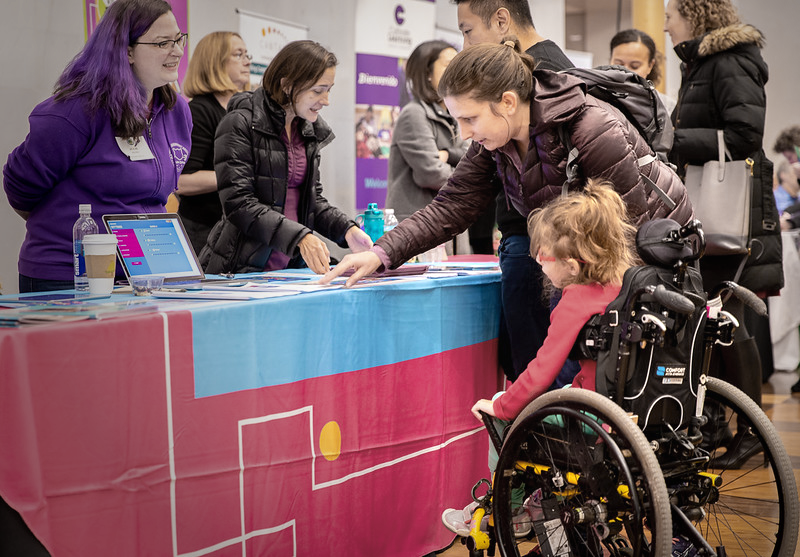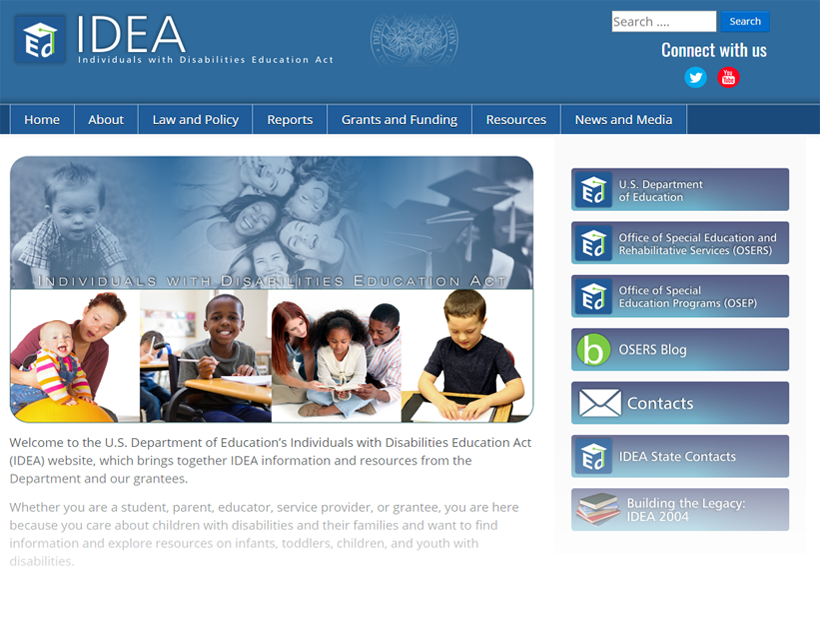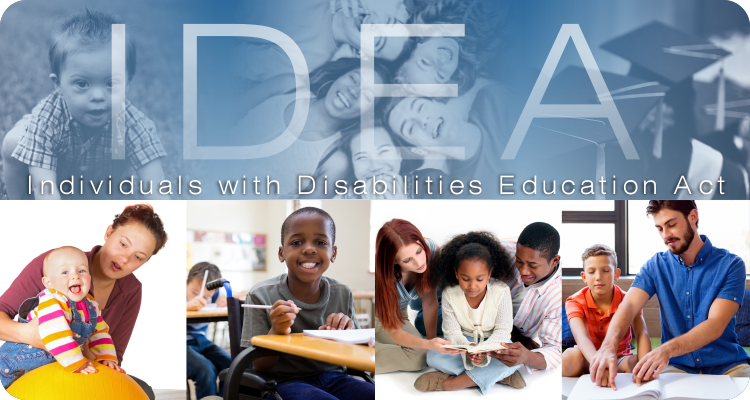By Roba Hrisseh, Ph.D., former OSEP Scholar, former OSEP intern
Over 8 million students with disabilities ages birth through 21 in the U.S. are served under the Individuals with Disabilities Education Act’s (IDEA) Parts B and C in 2022, according to the U.S. Department of Education (ED). As numbers continue to grow, it’s important to think about how to ensure the provision of accessible opportunities to all students, especially using emerging technologies, such as assistive technology (AT).
AT, as defined by IDEA, refers to any item, equipment, or system that helps improve the abilities of infants, toddlers, or children with disabilities. AT also includes AT service, which encompasses any service that directly aids infants, toddlers, or children with disabilities in choosing, obtaining, or utilizing an AT device.










